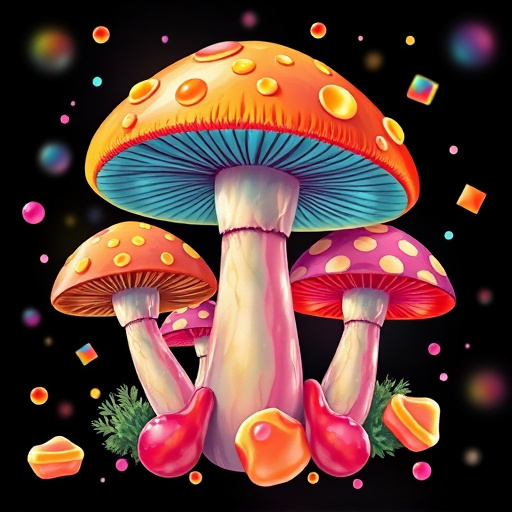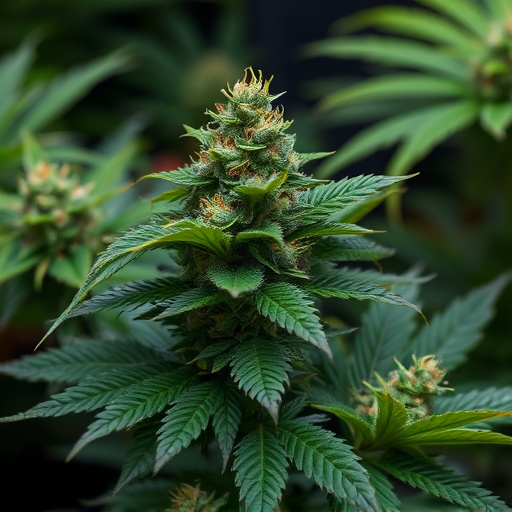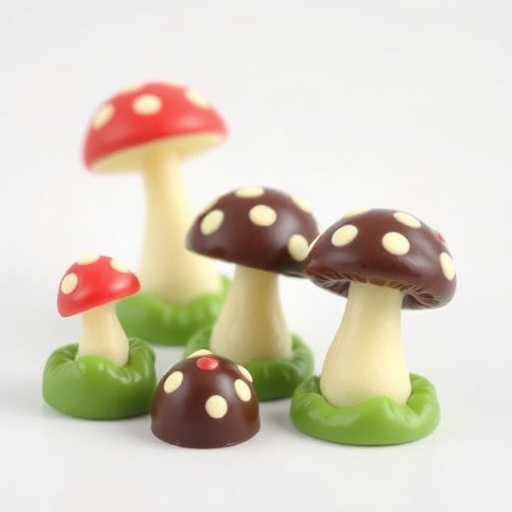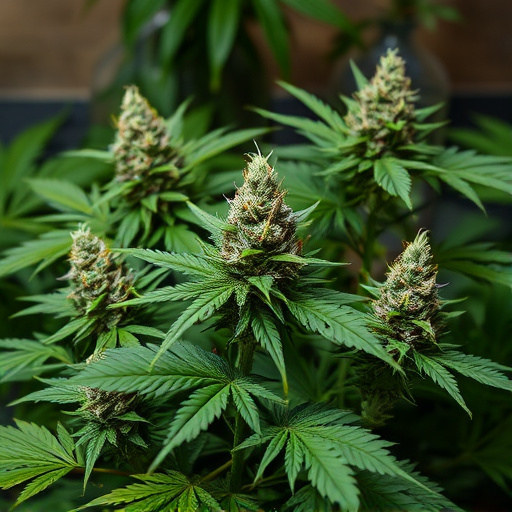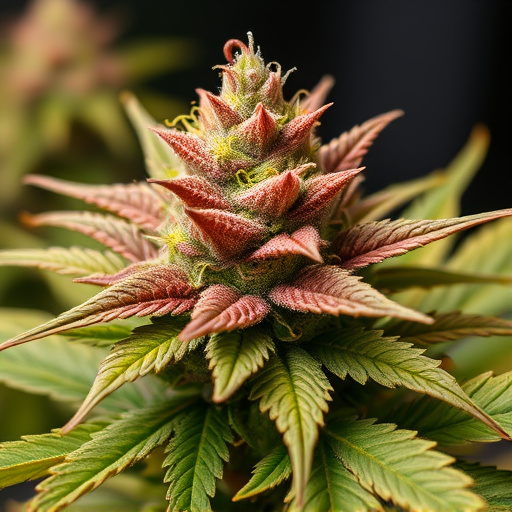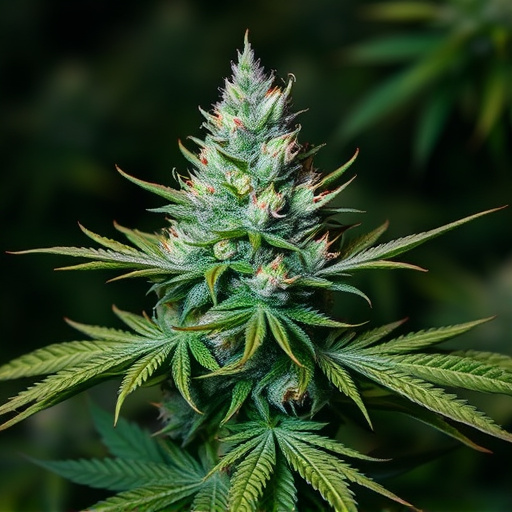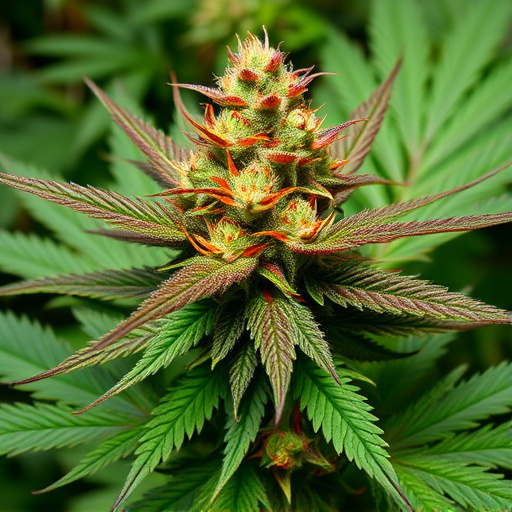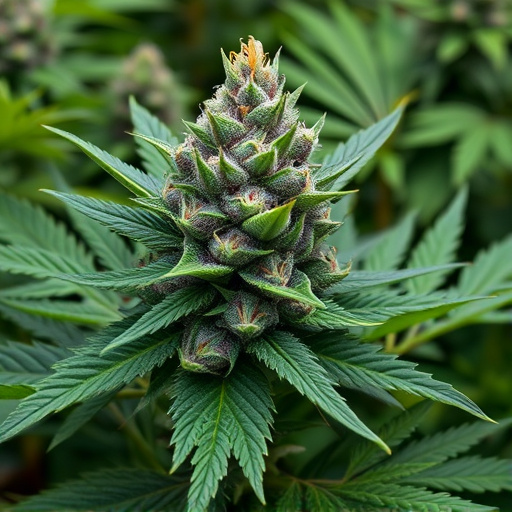When exploring new cannabis strains, knowing spoilage signs is vital for a safe and enjoyable experience. Foul or moldy scents, visual mold growth, discoloration, and soft buds indicate degradation. Proper storage in airtight containers at 65-70°F (18-21°C) in cool, dark places helps preserve potency and terpene profiles. Regularly inspect for signs of spoilage to avoid unpleasant surprises and enjoy the full potential of your buds.
Tired of opening your new cannabis strains only to find them ruined? Learn to spot the telltale signs of bad flowers before they take a bite out of your budget and enjoyment. This guide breaks down identifying spoilage, understanding its causes, and preventing disaster so you can savor every hit of your newest acquisitions.
- Identifying Signs of Spoilage
- Understanding Cannabis Flower Degradation
- Preventing Bad Cannabis Flowers
Identifying Signs of Spoilage
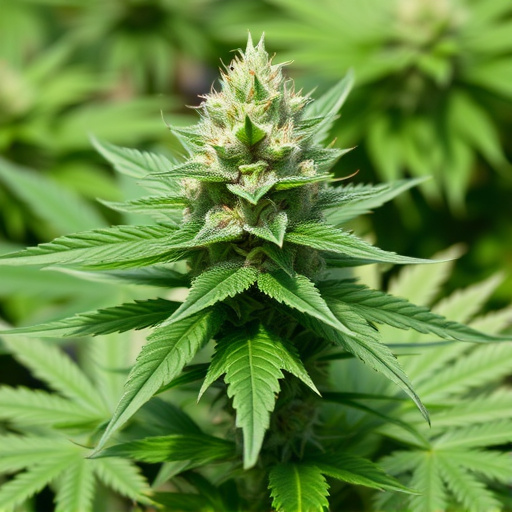
When it comes to new cannabis strains, identifying signs of spoilage is crucial for ensuring a safe and enjoyable experience. One of the first things to look out for is any change in smell or taste. If your cannabis flower starts to emit an off, sour, or moldy scent, it’s a strong indicator that it has gone bad. This is often accompanied by a noticeable shift in flavor, which can range from unpleasant to simply different from its original state.
Visually inspecting your cannabis is also essential. Look for any signs of mold growth, which can appear as black, white, or grey spots on the buds. If you notice any musty, dusty, or discolored areas, it’s a good idea to discard the entire batch. Texture changes are another red flag; soft, mushy buds that lack their usual crispness are a sign of potential spoilage.
Understanding Cannabis Flower Degradation

Cannabis flowers, like any other organic material, are susceptible to degradation over time. Understanding this process is crucial for consumers looking to purchase top-quality cannabis, especially when exploring new cannabis strains. Degradation can occur due to various factors, including aging, exposure to heat, light, and moisture. As cannabis flowers age, their potency and terpene profiles may change, which can affect the overall quality and experience of the consumer.
One of the key indicators of degraded cannabis is a significant shift in smell and taste. Fresh cannabis flowers typically have a vibrant, aromatic profile that becomes more pronounced with proper curing. However, if the scent becomes foul, earthy, or moldy, it’s a strong signal that the flower has gone bad. Visual cues, such as discoloration or the presence of mold, are also clear signs of degradation. Consumers should inspect their cannabis carefully, looking for any signs of spoilage before using or consuming them.
Preventing Bad Cannabis Flowers
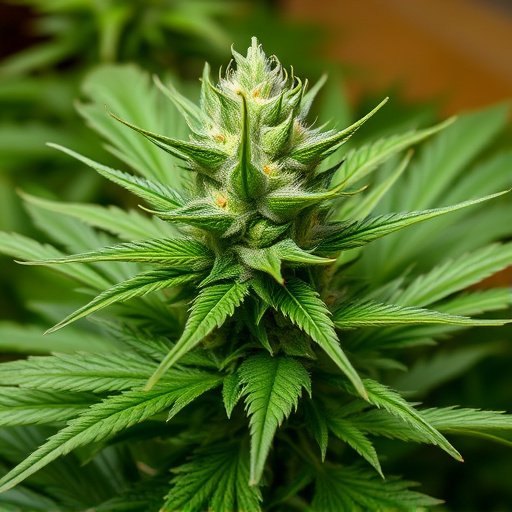
To prevent bad cannabis flowers, especially with new cannabis strains, proper storage is key. Keep your buds in an airtight container, stored in a cool, dark place like a pantry or fridge. Avoid exposing them to excessive moisture, as this can lead to mold and mildew growth. Additionally, maintain a consistent temperature between 65-70°F (18-21°C) to preserve the delicate terpenes and cannabinoids that contribute to flavor, aroma, and effectiveness.
Regularly inspect your cannabis flowers for any signs of spoilage like a foul smell, discoloration, or brittle texture. This proactive approach ensures you enjoy the full potential of your new strains while avoiding any unpleasant surprises.
When it comes to enjoying the benefits of cannabis flowers, especially with the ever-evolving market of new cannabis strains, knowing how to identify spoilage is crucial. By understanding degradation processes and implementing preventive measures, you can ensure a top-quality experience. Regularly inspecting your buds for signs of aging or contamination is key to avoiding a bad batch. Stay informed about the nuances of cannabis flower preservation to make the most of your chosen strains.

